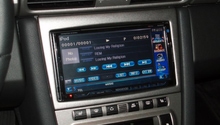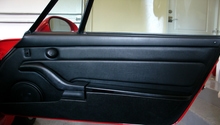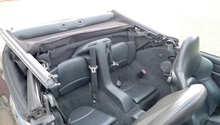Porsche 997: Fuse Box Diagram
Fuses are meant to blow when there is a surge or short. Before taking your car to a mechanic, consider replacing the fuse on your own.
This article applies to the Porsche 911 (997) (2005-2012).
At some point, one of the fuses in your Porsche 911 will blow. Usually, a blown fuse doesn't cause a significant problem and won't prevent you from driving your car. All that a blown fuse means is one part isn't working. For example, a blown fuse could prevent your radio, the interior light, your brake lights, your turn signals and even part of your AC to stop working. An electrical problem – such as if your interior or exterior lights stop working – is usually caused by a blown fuse. Before taking your car to a mechanic, take a look at your fuse box and replace the potentially blown fuse. Nine times out of ten, you'll solve the problem in less than two minutes. Also note that before buying a set of new fuses, look inside your fuse box to see if you have extra fuses; some cars come with extra fuses for you to use.
Most newer cars have fuses that have plastic housings that contain fusible links. Older cars have glass, cylinder-shaped fuses. The ends of these fuses are stainless steel, and there is glass in the middle. The fuse box in newer cars is under the hood usually, while the fuse box in older cars is under the dashboard on the driver's side. Your owner's manual will include information about the location of the fuse box in your car.
Fuse Box Diagram
Here is a diagram of the fuse box in your car and notes on what each fuse controls. Keeping this information handy will prevent you from having to check multiple fuses in order to identify which one to replace.
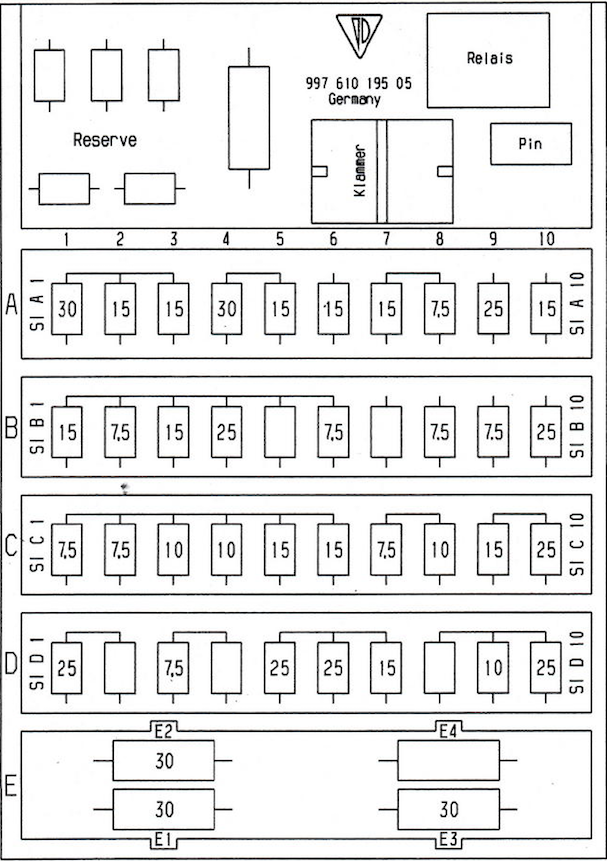

Replacing Blown Fuses
Use the diagram to identify the fuse that controls the part of the car that isn't working. After identifying the problem fuse, you can remove it by hand or by using tweezers or small needle-nose pliers. Usually, a visual inspection will tell you if the fuse is blown. If the metal link inside the fuse is separated, then you know the fuse is blown. This holds true for the older glass fuses as well as for the newer plastic fuses.
There may be spare fuses in your fuse box that don't control anything in your car. If so, you can replace the blown fuse with one of these spare fuses. If not, you can find fuses at most auto parts stores for between $2 (for a single fuse) to upward of $15 or $20 (for a set of fuses). When replacing a fuse, it is critical that you use a fuse with the exact required amperage. Replace a 10-amp fuse with a five-amp fuse and you risk it blowing sooner that it otherwise would. Replace a 10-amp fuse with a 20-amp fuse and you risk damaging your car before the fuse can detect that there is a problem.
Installing a new fuse is fairly simple, even for the novice car owner. You can plug in plastic fuses by hand, and they fit right into place. You may need to press some with your fingers in order to get the fuse to snap into place. Older fuses are a bit trickier. They snap into place one side at a time, so you can't simply put it in place and press down.
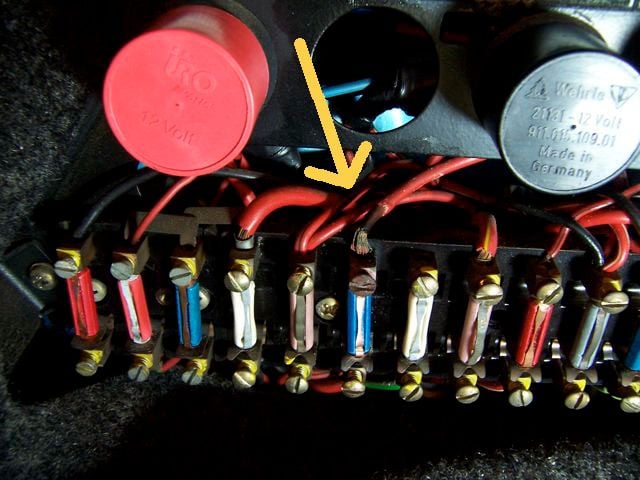
Common Issues
Owners of Porsche 997.2s with PDK transmission report problems with their ECM/PCM/ECU. For example, the radio won't turn on, a CD won't eject, the nav doesn't go on, etc. Porsche owners report that a weak battery can cause these problems, and once caused, these problems are difficult or impossible to fix. You can definitely locate the fuses that control the ECM/PCM/ECU, but identifying the one (or more) fuse(s) affected may be impossible.
Rather than identify and troubleshoot the issue, Porsche often recommends owners replace the unit. Since most warranties, and even extended warranties, don't usually cover replacement of these parts, you may have no choice but to pay to replace the system in its entirety. Before agreeing to pay for anything, lobby your mechanic – or dealership, if that's the route you go – to cover the parts and labor under the warranty. Some warranties include broad language that covers the entire PCM system.
If you're stuck paying out of pocket, ask about getting an aftermarket system installed. This may save you on parts, but don't expect such a deal on labor.

Related Discussions and Video
- How to Replace a Blown Fuse in a Car - YouTube.com
- Radio/Nav Won't Turn On - Rennlist.com
- 997 PCM Failure - Rennlist.com
- 997 Electrical: Fuse Layout - Rennlist.com

